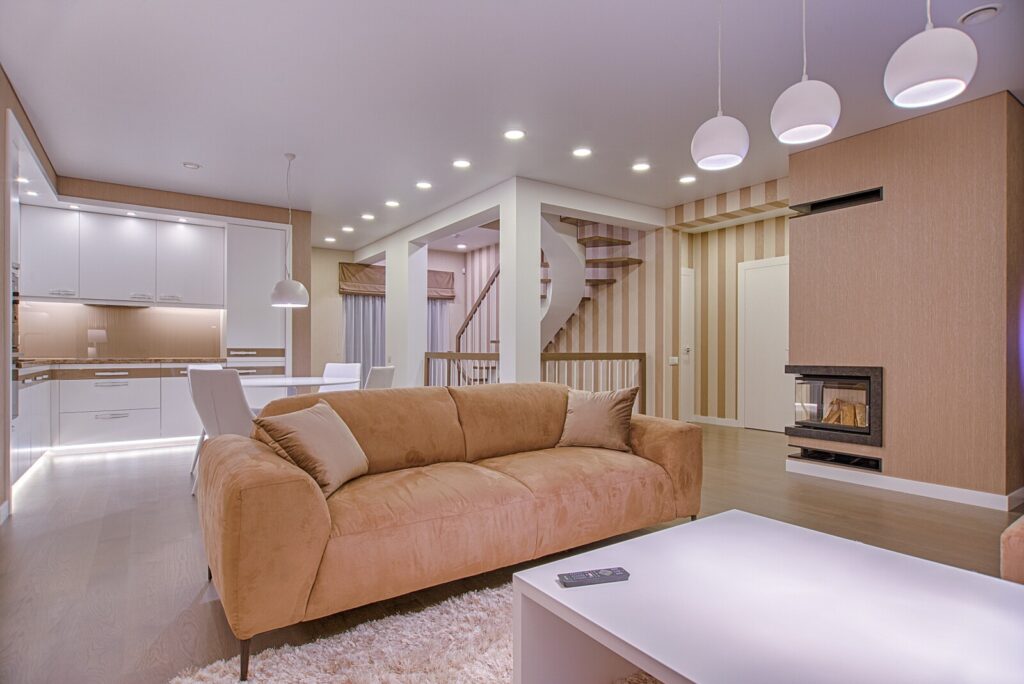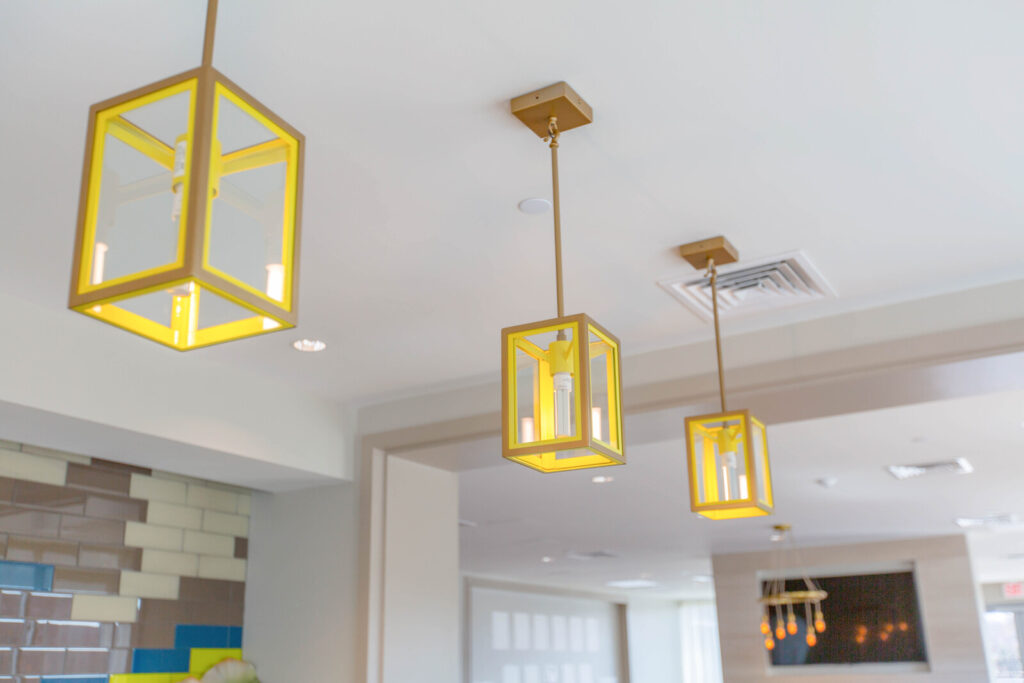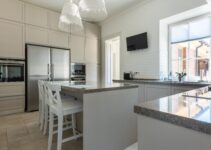How to Plan the Perfect Recessed Lighting Layout for Your Home
There is something appealing about adding light to any room with recessed lighting, but finding the right location can be challenging. Although there are many options for recessed lighting, such as different bulbs, trim styles, and light fixtures, the general process remains consistent. This post will show you how to layout recessed lighting in five simple steps to use them effectively in your home.

How to Layout Recessed Lighting in 6 Simple Steps
- Determine The Purpose Of Your Recessed Lighting
Before you begin any project, it’s important to determine your goals. To achieve this goal, the room should be well-lit and create a sense of comfort for visitors. As soon as you decide what you want, it will be easier to choose the right recessed lighting for your space. You can also select bulbs based on their color temperature: a warmer temperature will make your room seem cozier, while cooler temperatures will feel more professional and modern.
- Decide Which Area In Your House Needs Lighting
The first step in recessed lighting installation is identifying exactly where you want to light up your home. You should look at the size of your room and decide how much light will be required for it. If it’s a bedroom or bathroom, make sure that there will be enough room between each bulb for adequate illumination. If it’s an empty basement, think about the purpose of this space – is this an entertaining area? Or more of a personal retreat? Your answers can help determine how many bulbs are needed and where best suited for placement within this space.
- Select The Type Of Recessed Lights You Will Use
If you want to add recessed lighting but aren’t sure where it should go or what kind of fixture will be best for the space, consider these factors:
- The type of light you choose depends on the room and its purpose. For example, if you’re looking for a cozy atmosphere in your living room and dining area, incandescent bulbs might be a good choice because they give off a soft glow like candlelight. Alternatively, suppose you have an office where lots of desks and computer screens need bright illumination during work hours. In that case, halogen lights will provide better visibility without being harsh on the eyes. Therefore, before choosing which lights to use, you should think about the environment of the room!
- Think about how much ambient light is already present in each area, too; this will help determine whether additional lighting is necessary (or even wanted). For example: if there’s already enough natural sunlight coming through windows during daytime hours due to an open-concept layout like an open floor plan, then maybe having additional overhead lights wouldn’t even matter much. This might make things feel brighter than they were (which can be distracting). However, if someone works long hours into evenings or overnight shifts regularly, then adding more illumination may help keep alertness levels high enough not to fall asleep while working at their desk jobs?
- Identify How Many Recessed Lights They Need
Once you’ve determined your floor plan, it’s time to figure out how many recessed lights you’ll need. This number can be calculated by dividing the square footage of your space by two and then adding 20% for safety. So, if you have 1,000 square feet in a room (1,000 square feet divided by 2 = 500), you’ll need 100 watts per linear foot of space (500 divided by 2 = 250 watts + 20% = 300 watts).
The wattage needed for each light fixture is calculated by multiplying this figure by your ceiling height. For example: if your ceiling is 8 feet high and has an overall length of 30 feet; that means each recessed light fixture needs at least three × 8 ft × 30 ft = 480 watts or five × 80watt halogen bulbs. Shop at 1Stoplighting.com for recessed lighting with discount coupons.
- Decide Where Your Recessed Lighting Will Be Installed
Now that you have your recessed lighting plans, it’s time to determine your recessed lighting layout.
When laying out your ceiling lights, they must be spaced evenly throughout the room. If you have multiple rows of lights, they should be spaced to have a consistent distance between them. This will make sure that the light looks even and not too concentrated in certain room areas.
It’s also important to consider where you want each light bulb to be located within each fixture; ideally, these bulbs should all be at an even height and evenly spaced from any other fixtures or obstructions such as walls or doorways . To check if this is true after installation, hold up two florescent tubes horizontally next to one another; if they’re lined up perfectly, proceed!
- Install The Lights, One At A Time
- Install the lights, one at a time. Use the pencil to mark the location of your lights, then use a drill to make holes in the ceiling where you want them.
Use a screwdriver to install each fixture by inserting it through from below and tightening it with an Allen wrench (the small tool will come with your recessed light kit). Using the Allen wrench, stray screws can also be removed from around holes dug too close to electrical boxes or joists.
Once your lights are secured, use a level on each one as you work across different surfaces so that everything stays straight as you go along.

How to Plan the Perfect Recessed Lighting Layout for Your Home
Once you’ve covered these five steps, you can confidently layout recessed lighting for your room.
Once you’ve covered these five steps, you can confidently layout recessed lighting for your room. You’ve made the right decision to layout your recessed lighting and now have the right information to layout your recessed lighting. Now that you are ready to layout your recessed lighting, let’s dive into each step!
Conclusion
We’ve covered the five steps you need to layout recessed lighting. While we have provided this guide as a general overview, it is best to consult an electrician to install your recessed lights to make sure that it’s done safely and correctly. Happy lighting!


